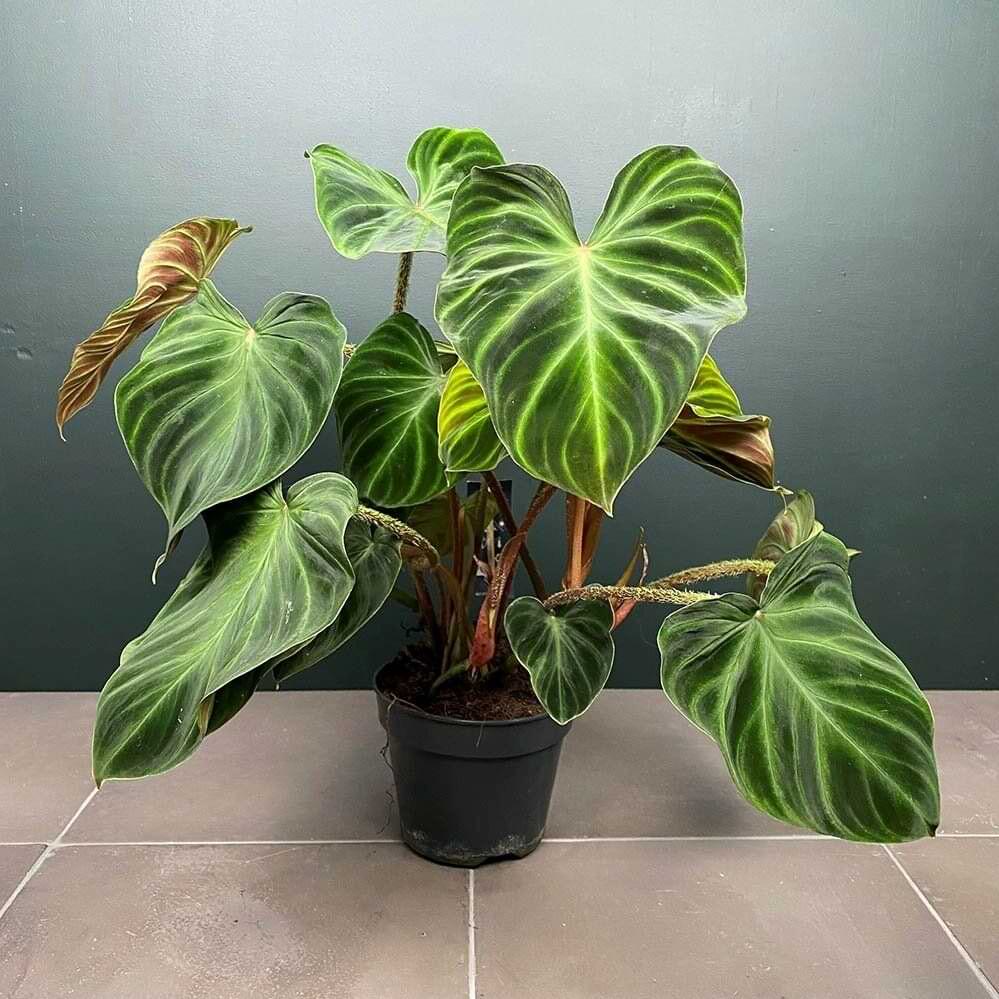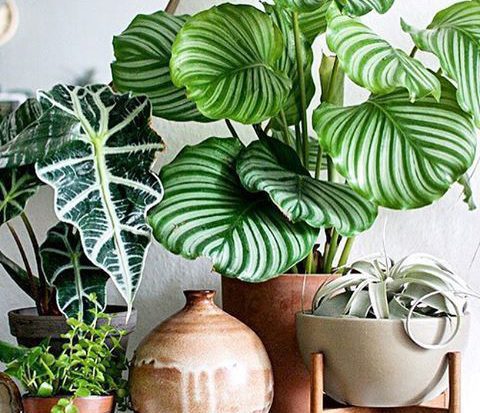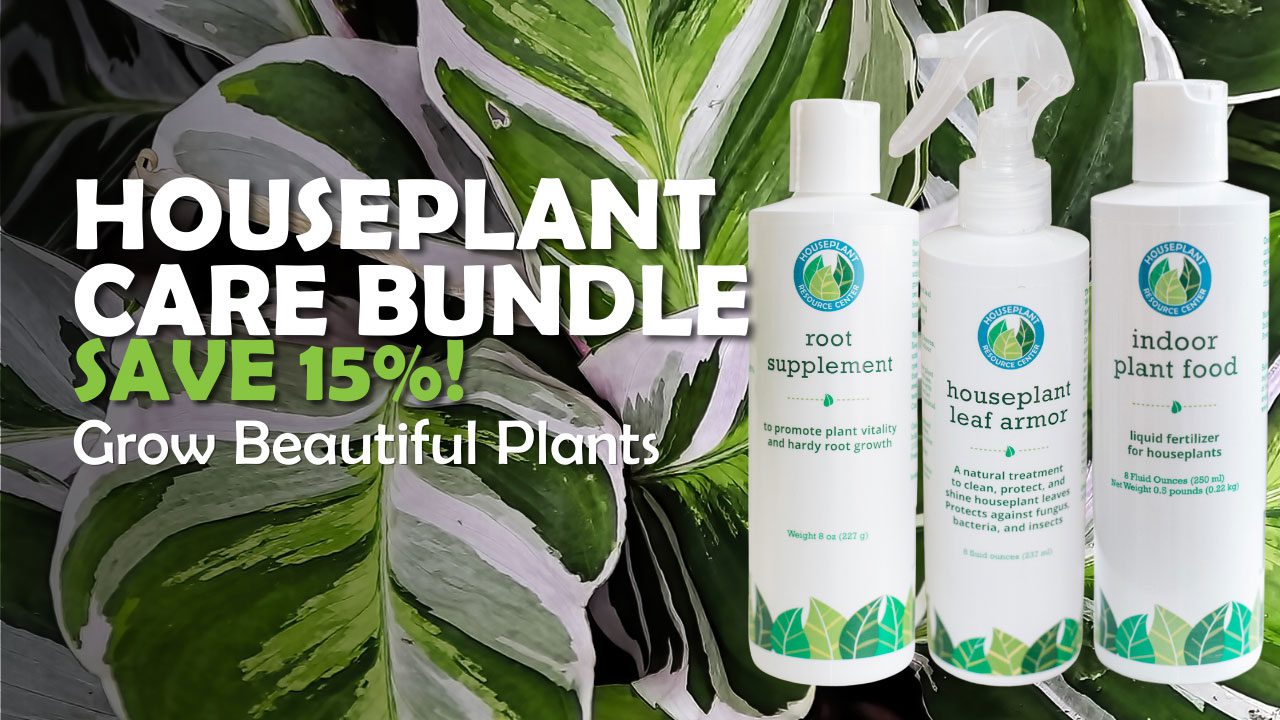Houseplants bring beauty, life, and fresh air into our homes. Unfortunately, some houseplants are toxic. As much as we love them, there are some plants that we need to be carefully handled as they can be harmful.
Toxic Houseplants can cause various illnesses and, in some cases, death. Although toxic plants usually cause little more than irritation, it is still important to be aware of what makes a plant poisonous so you can treat it accordingly.
Some of the common toxic house plants are listed below. While some may seem extremely poisonous and others not so much, it’s important to remember that appropriate planting location and placement always play a role when considering which houseplants you should feel comfortable keeping in your home.
Table of Contents
Popular Toxic Houseplants in nature
The toxic houseplants are poisonous because they contain toxic substances that have an adverse reaction upon touch or ingestion. There are a variety of symptoms and reactions that these chemicals can cause in humans, ranging from mild irritation to death. The most toxic houseplants are dangerous to pets and children because they are more likely to chew on the leaves or flowers.
The most common but poisonous houseplants include:
Philodendron
These popular plants have broad, heart-shaped leaves with wavy edges and a tropical appearance. Philodendrons grow well in low light and require little maintenance, making them a common choice for many homes.
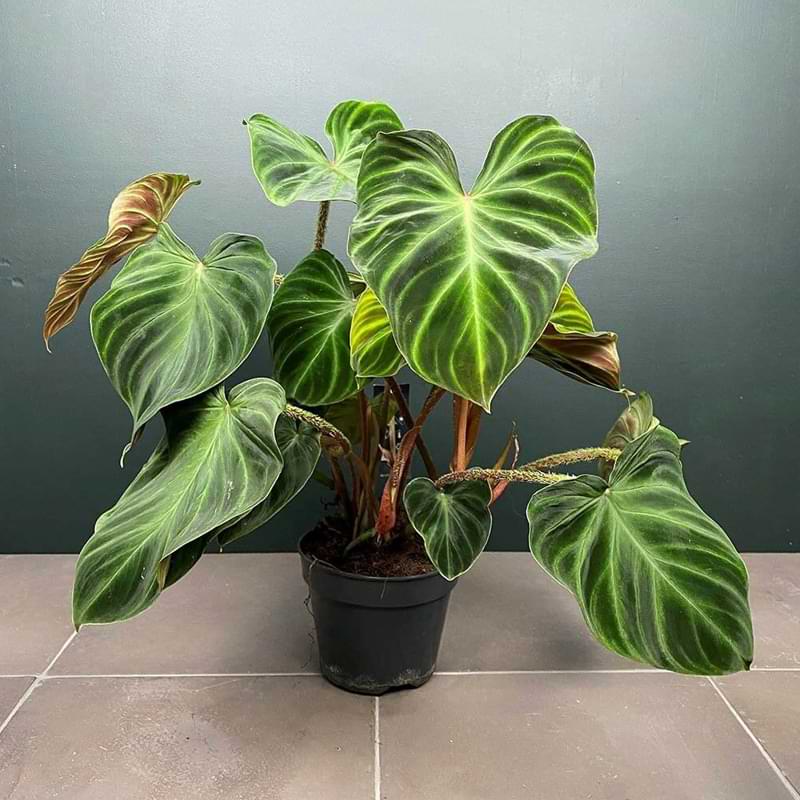
Despite their beauty, they are also very poisonous. Plants of the Philodendron genus contain calcium oxalate crystals in their sap that can cause skin irritation and burning if touched. When ingested, calcium oxalate crystals may become lodged in your throat or intestinal tract, causing inflammation and pain. Especially curious children are at risk of poisoning due to their tendency to eat and drink everything they see.
Pothos
This houseplant is among the most popular in the world. It is a creeping vine that can grow to cover an entire wall or trellis. Pothos is easy to care for and does not require much light. This plant is considered poisonous because it contains saponins. If pets consume pothos, they can become poisonous. The leaves and stems of this plant can cause severe stomach irritation, so it’s important to keep pothos out of reach. Children and pets should not be around pothos plants if you have them in your home.
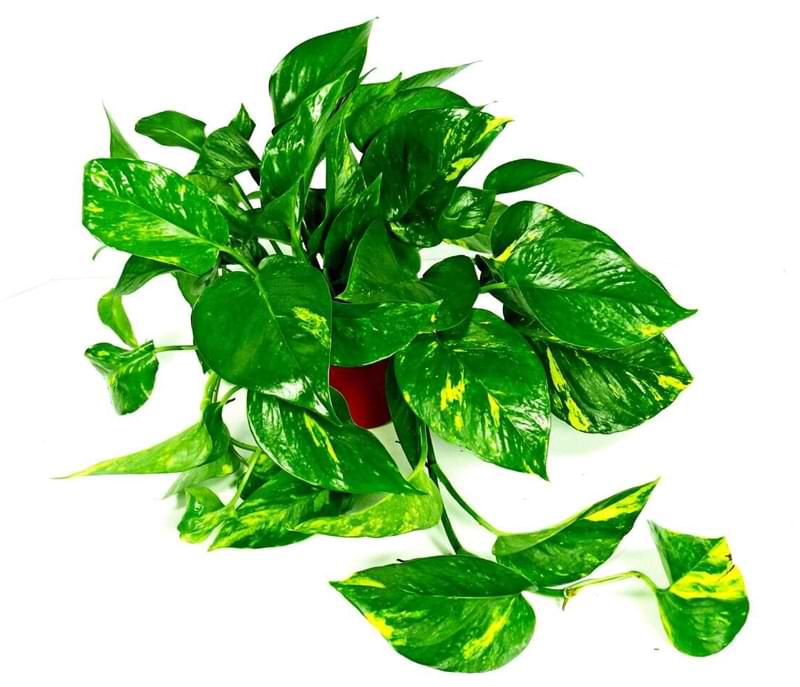
Several houseplants are toxic to dogs and cats, and this one is one of them. If your pet chews on pothos leaves or vines, they will likely experience drooling, vomiting, and diarrhea. There may also be some swelling in their mouth and/or tongue due to excessive drooling. If these symptoms are noticed quickly, this toxicity should have no long-term health effects.
Dieffenbachia
Dieffenbachia is another common houseplant that is often used as an accent piece for rooms throughout the home. This plant contains calcium oxalate crystals, similar to those found on Alocasia leaves, which can cause irritation to the skin and eyes if handled improperly or touched without gloves on hand. If your dog chews on this plant, it may experience drooling and swelling in its mouth or tongue. If these symptoms are noticed quickly, they should have no long-term health effects.
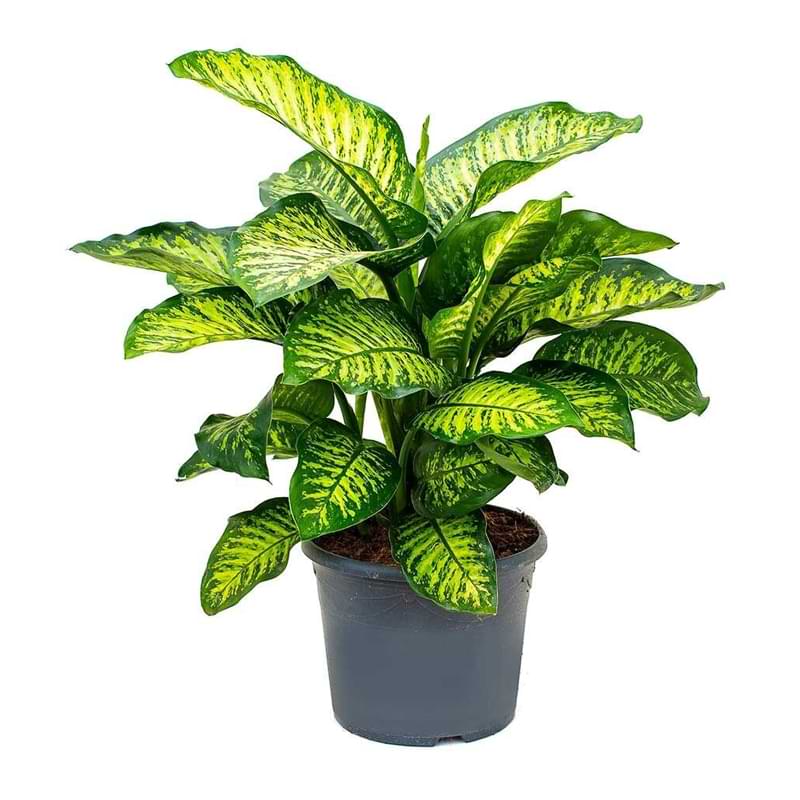
There have been reports of people becoming ill after eating dieffenbachia leaves because they contain toxic elements that cause vomiting and diarrhea when ingested by humans or pets. If your dog shows any signs of illness after chewing on a dieffenbachia plant, seek medical attention immediately. These plants can cause difficulty breathing and dehydration.
Alocasia
Alocasias are tropical plants with thick stems and large leaves that resemble elephant ears or duck feet due to their shape and size. The light should be provided, but it shouldn’t be placed directly in the sun. Water is good for them, but do not let them sit in it for long periods of time. They can become root rot if overwatered.
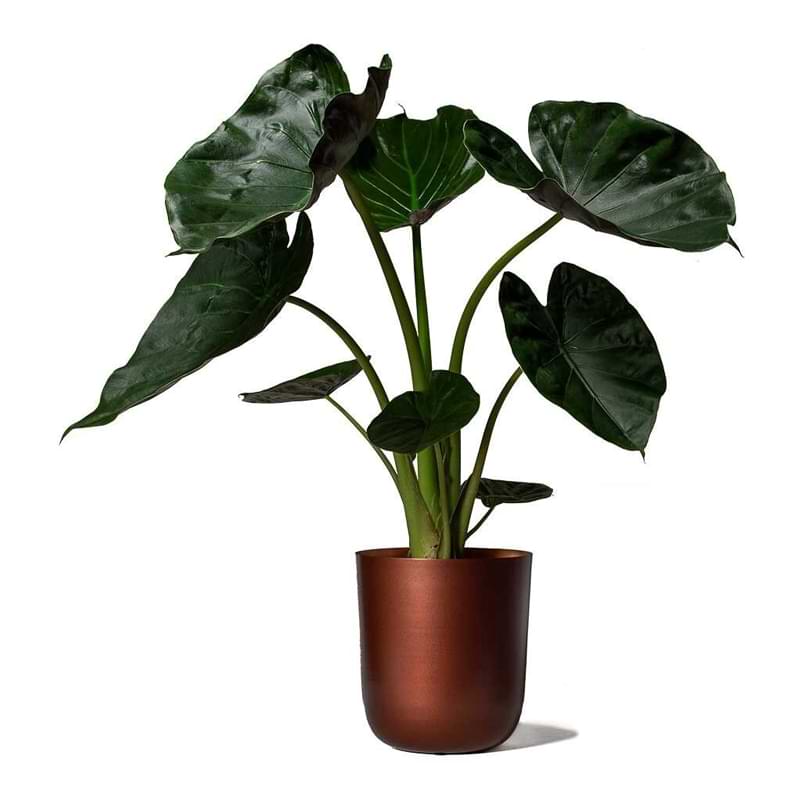
It is a poisonous houseplant that can be fatal if ingested. The leaves of this plant contain calcium oxalate crystals, which are sharp and pointed like needles. These crystals can cause irritation to the skin and eyes if touched or handled improperly. Children and pets should avoid this plant due to its toxic leaves. It can be fatal if ingested by an animal or child.
Mother-in-Law’s Tongue
The Snake plant also known as Mother-in-law’s tongue is a common houseplant that grows easily in most homes. It has long, strap-like leaves with variegated edges that can be green, white, or yellow. It is commonly found in offices and homes, but it can also be a very attractive addition to outdoor gardens. The plant grows well during summer but requires little attention once established. This means that you should not have to water your mother-in-law’s tongue plant often or fertilize it regularly.
The problem with this plant is that it contains saponins, which are compounds found in plants that protect them from predators. These compounds are toxic to people and animals if ingested in large quantities. As a result of poisoning, you may experience vomiting, diarrhea, or difficulty breathing. In some cases, saponins can cause death. If you suspect your pet has eaten any part of this plant, contact a veterinarian immediately for treatment advice and to determine if further treatment is necessary.
Toxic Houseplants Final Words
It’s important to take extra care in cleaning your houseplants consistently to ensure their longevity. You may also want to consider replacing your houseplants with safer varieties, as further research on the subject could reveal other poisonous plants that were not included in this list.
If you choose the wrong houseplant species for your home, you could be putting yourself and your family at risk. Plants that produce mild to toxic chemical compounds in their leaves can cause health problems ranging from skin irritation and rashes to headaches, vomiting, diarrhea, and even death.
FAQs
Can my house plants be making me sick?
Yes, it is possible. Some plants emit gaseous toxins that are toxic to humans and animals. The most common toxic indoor plants are dieffenbachia (Dumb Cane), philodendron (Philodendron), and aloe vera (Aloe Vera). These plants contain a chemical called calcium oxalate raphides or “raphides,” which can cause mouth, throat, nose, eyes, and skin irritation in humans.
Is snake plant toxic to touch?
Yes, the snake plant is considered mildly toxic when touched by human skin because it contains an alkaloid that causes irritation similar to that of a sunburn.
Are fiddle leaf figs toxic to pets and children?
In short, yes. A fiddle leaf fig might not be the best houseplant choice if you have cats or dogs who might try to sample your plant’s leaves!
If you do have pets and a fiddle leaf fig, it’s important to prevent your pets from eating your plant or getting the sap on their skin or in their eyes.
Which plants are not good for the bedroom?
Some plants release volatile organic compounds (VOCs) into the air during photosynthesis, the process by which plants convert sunlight into energy for themselves, which can cause headaches and dizziness if inhaled over long periods of time (such as when sleeping). Here are some common plants that you should avoid: Bird of Paradise plant, Dracaena Sanderiana, and so on.
More Houseplant Resources
Looking for more houseplant info? We highly recommend our super informative (and FREE!) Houseplants for Beginners Webinar. Check out our community of other plant lovers in our Facebook group. And if you’re looking for handy go-to reference for all your houseplant needs, check out our The Last Houseplant Book You Will Ever Need.

